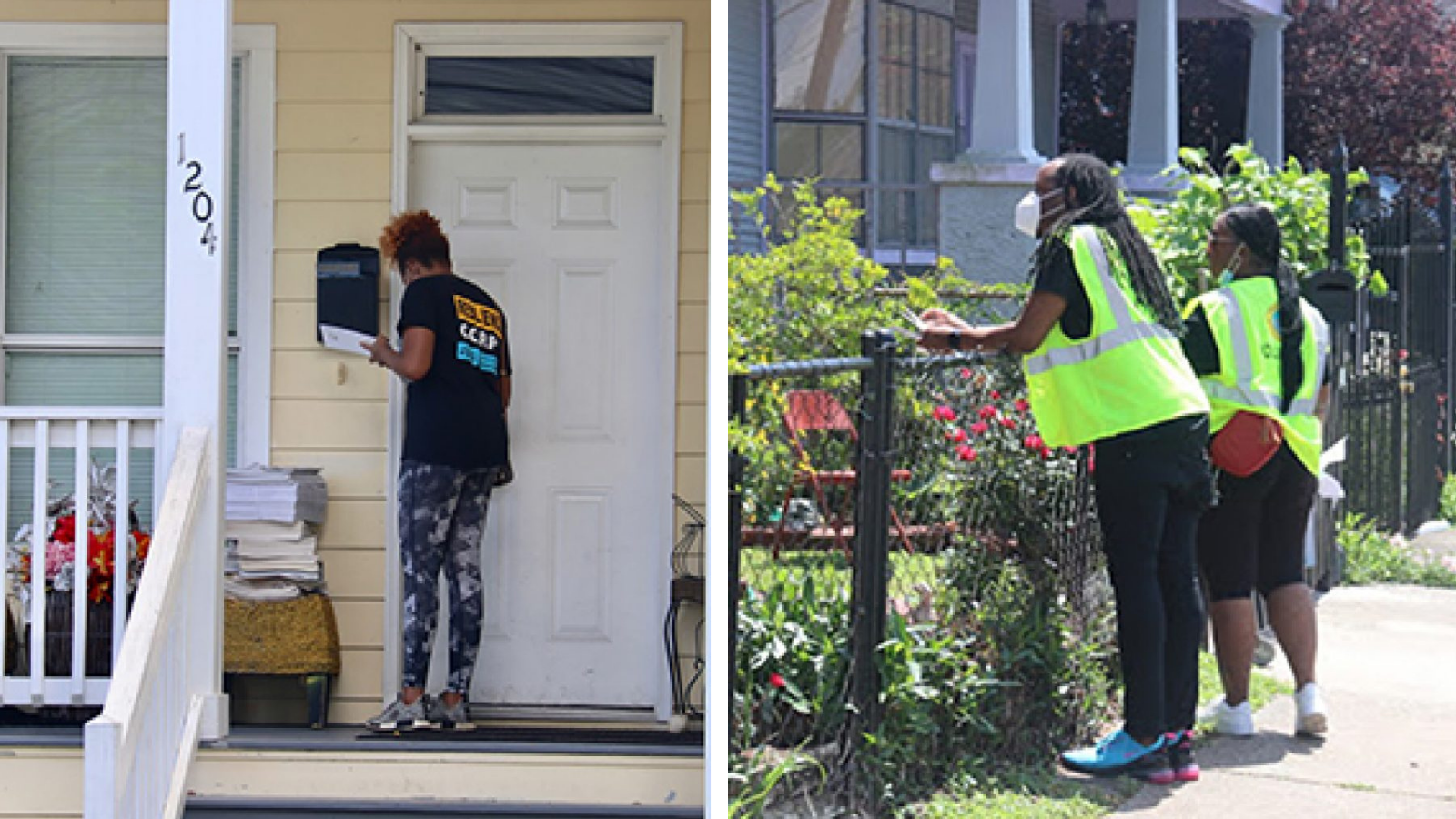In 1995, dozens of garment workers, most of them women, were freed from a California sweatshop. Their lawyer was Julie Su—now Biden’s nominee to head the Labor Department.
Tag: Minimum Wage
Women’s Work Is the Backbone of the U.S. Economy
We don’t say, “Behind every great man is a great woman” anymore, because women aren’t standing behind men anymore; we are care workers and caregivers leading the way to making the investments in our shared care infrastructure that we all need. Paid parental leave, higher wages for care workers, a domestic workers’ bill of rights, pay transparency and equal pay for equal work are just a few of the solutions that are long overdue.
(This essay is part of The Majority Rules project—an artful essay and op-ed series from Ms. and Supermajority Education Fund.)
Meet the New Feminists in Office
Meet the diverse group of progressive women being sworn in this month. (Aaaany day now, boys.)
Recognizing the Domestic and Childcare Workers That Help Women in Medicine Succeed
September is Women in Medicine Month, when we celebrate formidable and inspiring female physicians. But each year, one group is largely neglected: the women who help us to succeed.
Raising the status of the domestic and childcare workers who help us is critical to the next generation of women pursuing careers in medicine.
Black Women and Their Labor Are Still Underpaid and Undervalued
For every dollar a white man makes, a Black woman earns 63 cents.
Along with severe wage inequality, Black women continue to be disproportionately overrepresented in low-paying, service-oriented jobs. More than one-third of the essential workers—many of them the people who have powered our country throughout the pandemic—are Black women. COVID-19, inflation and stagnant wages have laid bare how necessary it is for our elected representatives to act by voting to increase the minimum wage and creating a robust paid family and medical leave package accessible to all.
To Truly Honor Labor Day, Compensate Mothers
Mothers are the essential workers for our families and communities—so this Labor Day, we are compelled to think about the many ways our leaders and policies are currently failing this country’s mothers.
Helping America Rebuild: A Community-Based Effort for Disaster Resilience
With climate disasters increasing drastically, disaster resilience efforts have to adapt. Resilience Force is a new initiative working on providing disaster relief to the most vulnerable—an effort led by women of color.
Millions of Women Would Benefit From a Minimum Wage Hike—Far More than Men
The parade of Equal Pay Days kicked off recently. The dates mark wage gaps for all women, Black women, Latina women—each one more disheartening than the last. According to the latest data, in most states, over 50 percent of women of color earn earn less than $15, and in some states, it soars to 70 percent.
The solution to closing these gender and racial wage gaps is simple: Raise the federal minimum wage. So why is the Senate blocking the Raise the Wage Act, a piece of legislation that would have a transformative impact on wages and well-being of people in this country?
Women Are Still Disproportionately Suffering from Pandemic Unemployment
While the unemployment rates for men declined in February, the jobless rates for women showed little or no change over the month. And while the statistic for the entire female population lumped together basically stayed even with the month before, Black women lost ground.
Maybe the real headline should have been: The higher job growth goes, the more behind women get.
Is It 2157 Yet? How Businesses and Policymakers Can Accelerate the Timeline for Equal Pay
At our current pace, we won’t close the wage gap between men and women until 2157—nearly 136 years from now, with 36 of those added to make up for pandemic setbacks. We can’t hand off this injustice to our great-great granddaughters. So how can public policymakers, philanthropy and private businesses come together to accelerate the process?
There are solutions for narrowing the wage gap between men and women—let’s start by raising the federal minimum wage to $15; providing paid leave to all employees; and changing hiring practices.












